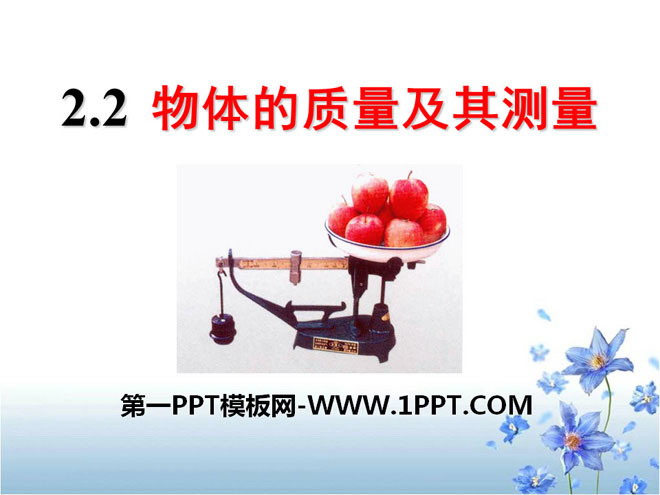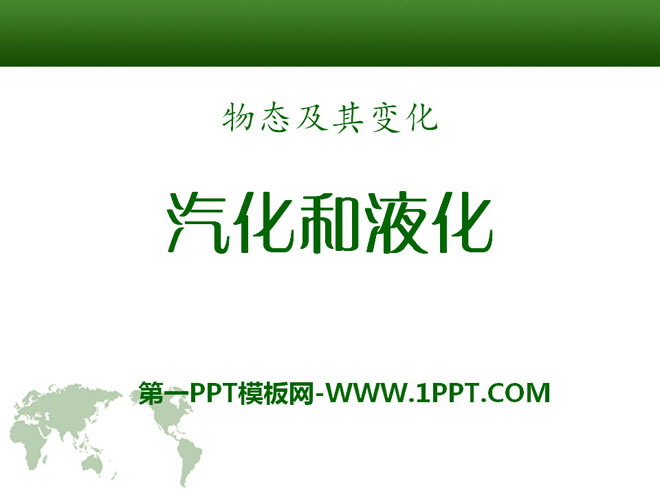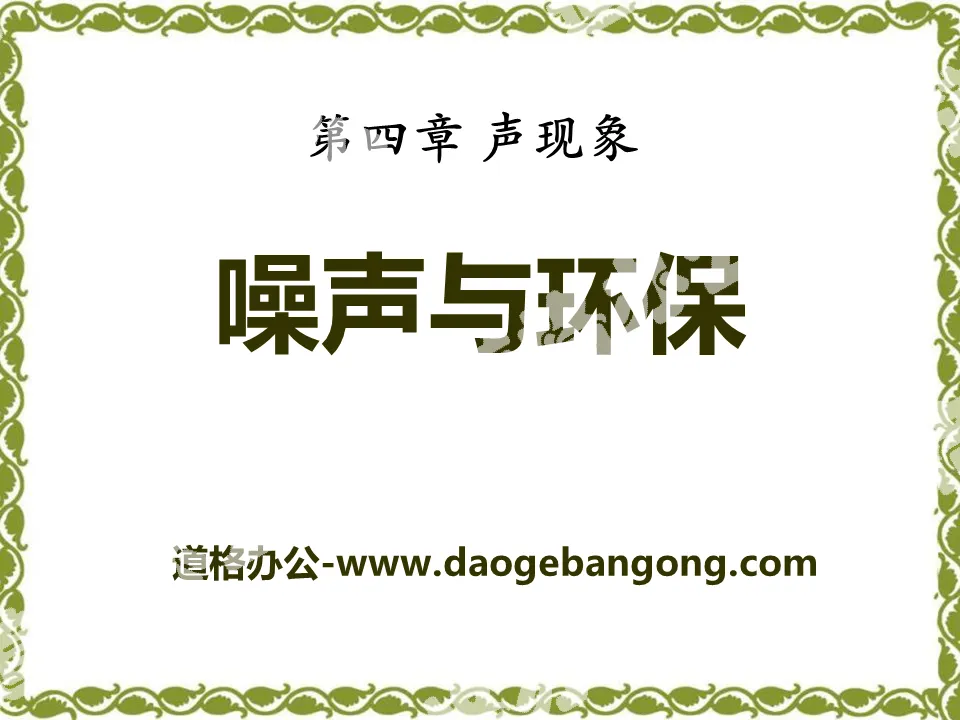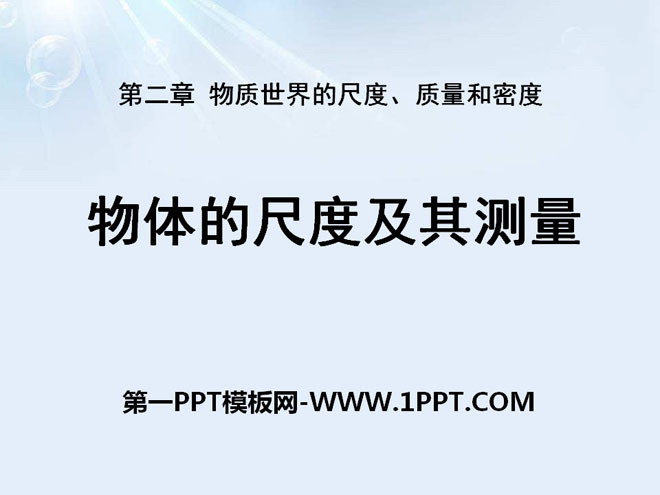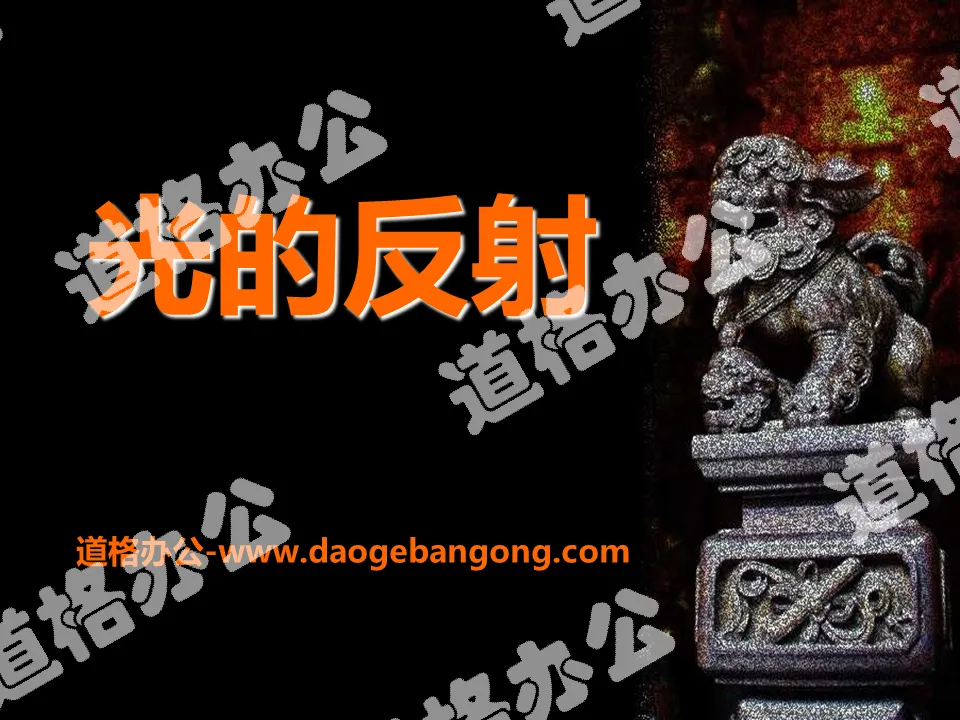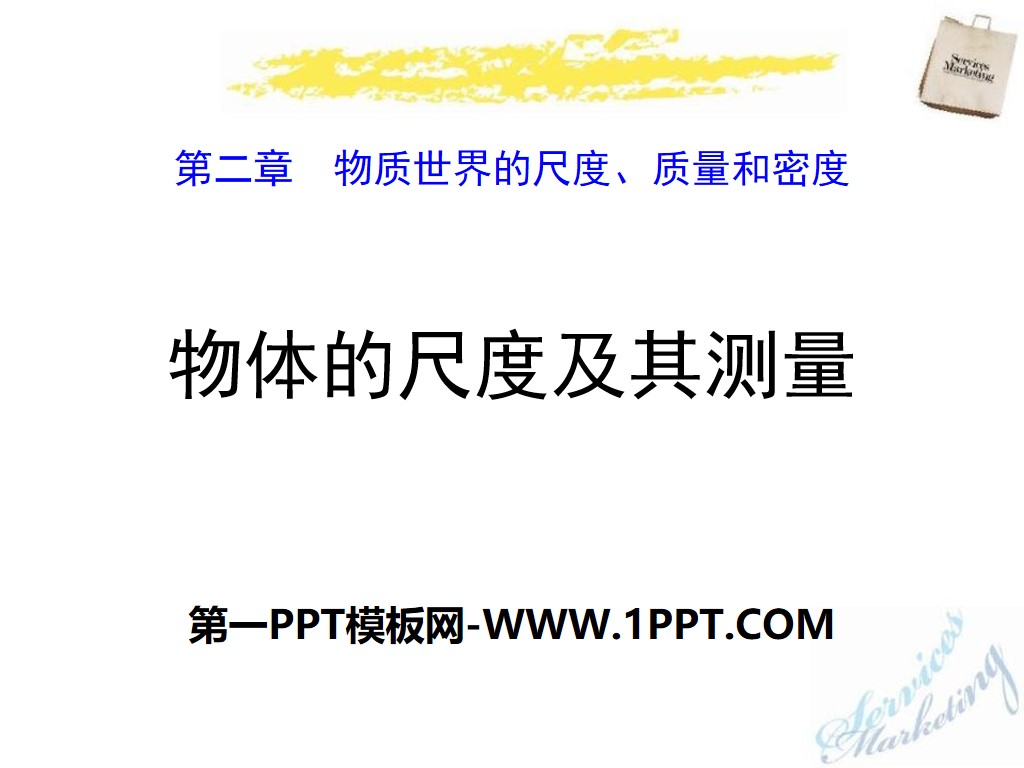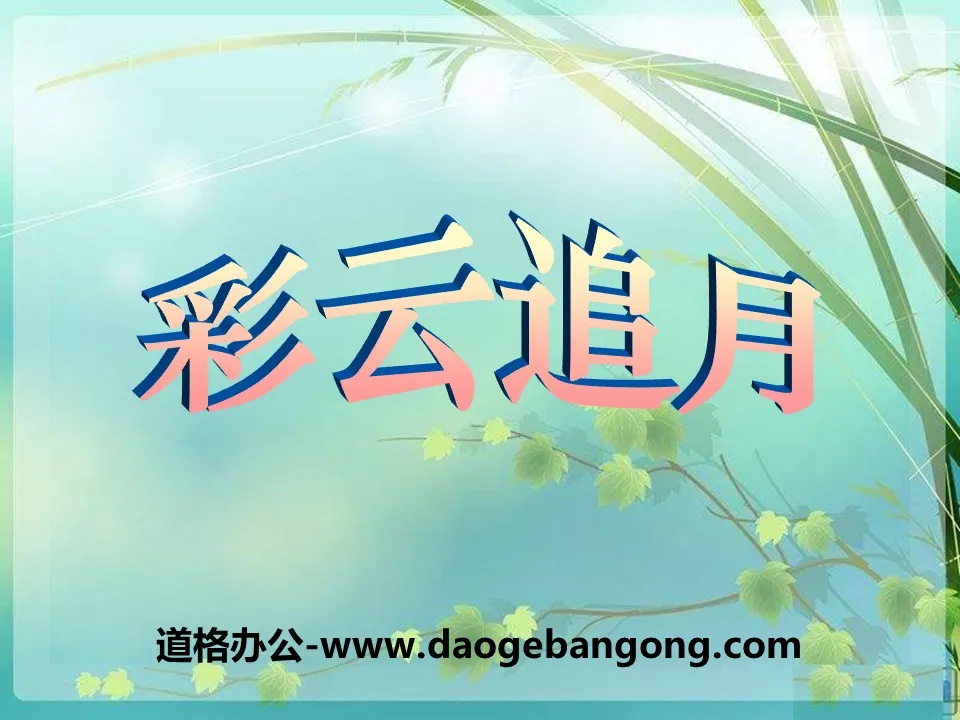
| Category | Format | Size |
|---|---|---|
| Fifth Grade Music Volume 1 | pptx | 6 MB |
Description
"Colorful Clouds Chasing the Moon" PPT courseware 3
Introduction to Ren Guang (1900~1941) Chinese composer. Born on November 9, 1900 in Sheng County, Zhejiang Province. In early January 1941, he unfortunately died in the "Southern Anhui Incident". Ren Guang has loved folk music since he was a child. In 1919, he went to France to work and study. While working as a handyman, he continued to study music and piano tuning techniques. Later, he worked as a technician in a piano shop in Vietnam. He returned to China in about 1928 and joined Shanghai EMI Records as the director of the music department, and began to integrate with the "Nanguo Society". After that, under the influence of the left-wing cultural movement, he successively participated in the music group of the "Friends of the Soviet Union" and the music group of the Left-wing Dramatists Alliance. He has made many revolutionary songs into records. After the outbreak of the Anti-Japanese War, he went to Paris, Singapore and other places to promote and organize anti-Japanese and national salvation singing movements among overseas Chinese. In the spring of 1940, he went to Chongqing and taught in the music group of Yucai School. In July of the same year, he went to southern Anhui with General Ye Ting and engaged in music work in the New Fourth Army headquarters. Ren Guang began his creative life by writing film songs. There are now more than 40 songs composed by him. Among them, "Fishing Light Song", "Moonlight Light", etc., reflect the suffering life and aspirations of the Chinese working people in the 1930s with euphemistic and lyrical writing. "Fight Back Home", "Anti-Enemy Song" and "Earth March Song" Songs such as "Farewell to Southern Anhui" (also known as "The Song of the New Fourth Army Marching East") express the strong will of the Chinese people to resist Japan and save the nation with resolute and vigorous tunes. In addition, there is a type of songs that are adapted and composed directly from folk music materials, such as the movie songs "New Lotus Falls", "New Fengyang Song", "Wang Lao Wu" and the anti-war song "Sorghum is Red", etc., all of which are full of life style. Natural and local flavor. These songs of different styles vividly express the feelings of the people and have a distinct sense of the times and national style. Ren Guang also composed several national instrumental ensembles such as the opera "Hong Bo Qu" (written by An E) and "Colorful Clouds Chasing the Moon". His songs have been compiled into "Selected Songs of Ren Guang"
What kind of picture does "Colorful Clouds Chasing the Moon" foreshadow?
The music vividly depicts the vast night sky with a pentatonic melody rich in national colors, the free progression of fifths, the flute and erhu playing in turn, the light rhythm of plucked instruments, the plucked strings of bass instruments and the spacious tone of suspended cymbals. Stunning views.
Summarize:
The melody of "Colorful Clouds Chasing the Moon" is written using the Chinese pentatonic scale. It is simple, unsophisticated, with smooth lines and beautiful lyricism. In the first section, the flute, xiao, pipa, erhu and zhonghu are played in unison, with the strings and pipes singing in unison, leisurely and unhurriedly. The Qinqin, Yangqin, and Ruan instruments create a light backing tune, and the rhythm is relaxed and moderate, making the music reveal quiet vitality in peace. The occasional wooden fish and the beating of cymbals further highlight the openness and distance of the night, adding to the mystery. In the second part, there is no obvious contrasting color. The melody is clearly a lyrical extension of the first part. There is no conflict, but only harmony and harmony. The musical thoughts are just like the listener's thoughts at this moment, developing freely and naturally. The most dynamic part is probably the third part. The reactive dialogue between the instruments seems like the play of the clouds and the moon, rising and falling, advancing and retreating, the mood is lifelike and full of interest.
folk orchestra
The Chinese orchestra was born in the 1920s as a result of cultural exchanges between China and the West. It combines the traditional silk and bamboo band and the wind and percussion band, and partly imitates the formation of the Western symphony orchestra.
The establishment of a national orchestra is generally divided into four instrument groups: stringed instrument group, plucked instrument group, wind instrument group and percussion instrument group. The instruments of the plucked instrument group include Gaohu, Erhu, Zhonghu, banhu, and cello; plucked instrument group The instruments in the group include pipa, zhongruan, daruan, dulcimer, guzheng and sanxian; the instruments in the wind instrument group include suona, flute, sheng, guanzi and dongxiao; the percussion group includes gongs, drums, cymbals, chimes, xylophones and clouds. Gong and triangle
What are the national musical instruments?
flute
The flute is one of the horizontally blown woodwind instruments commonly used in traditional Chinese music, namely the Chinese bamboo flute. It is generally divided into the southern tune flute and the northern bangdi. The flute is often used in Chinese folk musical instruments, opera, Chinese folk orchestras, Western symphony orchestras and modern music. It is one of the representative musical instruments of Chinese music. Most flutes are made of bamboo, but there are also stone and jade flutes. However, the best raw material for making flutes is still bamboo, because this material produces the best flute sounds.
lute
Pipa is a traditional East Asian plucked instrument with a history of more than 2,000 years. The earliest musical instrument called "Pipa" appeared around the Qin Dynasty in China. The name "Pipa" comes from the saying that "pushing hands are called loquats and leading hands are called loquats" (the most basic plucking technique), so it is named "Pipa" (Pipa). Before the Tang Dynasty, pipa was also the general name for all plucked instruments of the lute family (also known as the genus Lute) in Chinese. The Chinese pipa spread to other parts of East Asia and developed into the current Japanese pipa, Korean pipa and Vietnamese pipa.
What are the Western musical instruments?
piano
The piano (Pinyin: gāng qín, English: piano) is a keyboard instrument derived from Western classical music. It is commonly used for solo, ensemble, accompaniment and other performances. It is very convenient for composing and rehearsing music. The player presses the keys on the keyboard, moves the felt-covered mallet inside the piano, and then strikes the steel strings to produce sound. The piano is called the king of musical instruments.
oboe
The name of a wind instrument. The oboe was first formed in the mid-17th century and became widely used in the 18th century. The oboe often plays the main melody in the band. It is an excellent solo instrument and is also good at ensemble and accompaniment. In addition, it is also the tuning reference instrument in the symphony orchestra (the orchestra is tuned with the A note of the oboe group). The oboe has a nasal reed-like sound and is good at playing slow, cantabile tunes. It is known as the "Lyric Soprano". The melancholy and beautiful white swan theme in Tchaikovsky's "Swan Lake" is played by the oboe. The oboe is very difficult and is the most difficult instrument in the Guinness Book of World Records. Because of her sweet tone, she was even called "Princess".
Analysis: The percentage of people who like Western musical instruments is much higher than that of ethnic musical instruments. This is because people nowadays are influenced by popular music and think that Western musical instruments are fashionable and trendy. National musical instruments are considered very outdated. On today's television and the Internet, the music played using ethnic instruments heard and seen is much less than that of Western instruments. And most people think that the timbre of Western instruments is better than that of ethnic instruments.
Summarize
China's national musical instruments are expanding the appreciation group of Chinese national musical instruments in a new way of development, knocking on the door to the international market, and promoting Chinese national music at home and abroad. Perhaps one day in the near future, we will find that it is not that Western musical instruments are more popular among Chinese students than national musical instruments as our statistical results say, but that national musical instruments have become the most popular musical instruments among Chinese students. I hope that students can pay more attention to our national musical instruments, inherit our national traditions, carry forward our national spirit, and let the whole world like our national music!
Keywords: Caiyun Zhuiyue teaching courseware, fifth grade music PPT courseware download, fifth grade music slide courseware download, Caiyun Zhuiyue PPT courseware download, .PPT format;
For more information about the "Caiyun Chasing the Moon" PPT courseware, please click on the "Caiyun Chasing the Moon" ppt tag.
"Colorful Clouds Chasing the Moon" PPT courseware 7:
"Colorful Clouds Chasing the Moon" PPT Courseware 7 Preface: This is a piece of folk music ensemble composed by Ren Guang. Maybe the current students are not very familiar with Ren Guang, but he is a famous composer in China, a great person! Next, let’s first take a look at any...
"Colorful Clouds Chasing the Moon" PPT courseware 6:
"Colorful Clouds Chasing the Moon" PPT Courseware 6 First, let's segment the rhythm X X X X Think about what kind of picture "Colorful Clouds Chasing the Moon" foreshadows? The music is based on a pentatonic melody with rich national colors...
"Colorful Clouds Chasing the Moon" PPT courseware 5:
"Colorful Clouds Chasing the Moon" PPT courseware 5 Teaching objectives: 1. Able to sing the song "Colorful Clouds Chasing the Moon" with a smooth and coherent voice. two. Able to understand the emotions of songs and express their feelings in the form of music. three. Understand and master syncopated rhythm, X X X X X. ..
File Info
Update Time: 2024-08-01
This template belongs to Music courseware Fifth Grade Music Volume 1 industry PPT template
"Colorful Clouds Chasing the Moon" PPT courseware 3 Simple campus recruitment activity planning plan summary enterprise and institution recruitment publicity lecture PPT template is a general PPT template for business post competition provided by the manuscript PPT, simple campus recruitment activity planning plan summary enterprise and institution recruitment promotion Lecture PPT template, you can edit and modify the text and pictures in the source file by downloading the source file. If you want more exquisite business PPT templates, you can come to grid resource. Doug resource PPT, massive PPT template slide material download, we only make high-quality PPT templates!
Tips: If you open the template and feel that it is not suitable for all your needs, you can search for related content "Colorful Clouds Chasing the Moon" PPT courseware 3 is enough.
How to use the Windows system template
Directly decompress the file and use it with office or wps
How to use the Mac system template
Directly decompress the file and use it Office or wps can be used
Related reading
For more detailed PPT-related tutorials and font tutorials, you can view: Click to see
How to create a high-quality technological sense PPT? 4 ways to share the bottom of the box
Notice
Do not download in WeChat, Zhihu, QQ, built-in browsers, please use mobile browsers to download! If you are a mobile phone user, please download it on your computer!
1. The manuscript PPT is only for study and reference, please delete it 24 hours after downloading.
2. If the resource involves your legitimate rights and interests, delete it immediately.
3. Contact information: service@daogebangong.com
"Colorful Clouds Chasing the Moon" PPT courseware 3, due to usage restrictions, it is only for personal study and reference use. For commercial use, please go to the relevant official website for authorization.
(Personal non-commercial use refers to the use of this font to complete the display of personal works, including but not limited to the design of personal papers, resumes, etc.)
Preview



